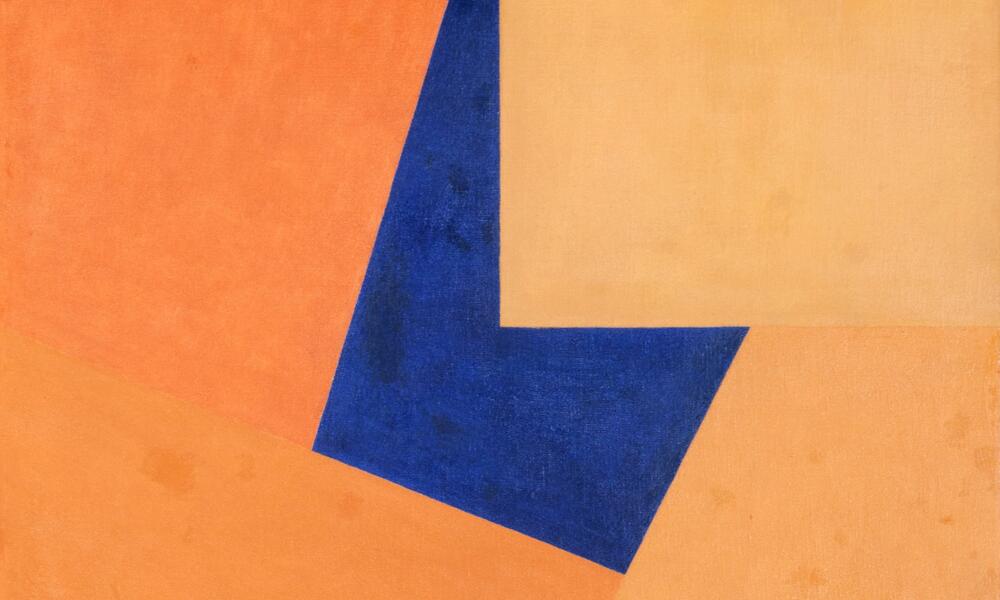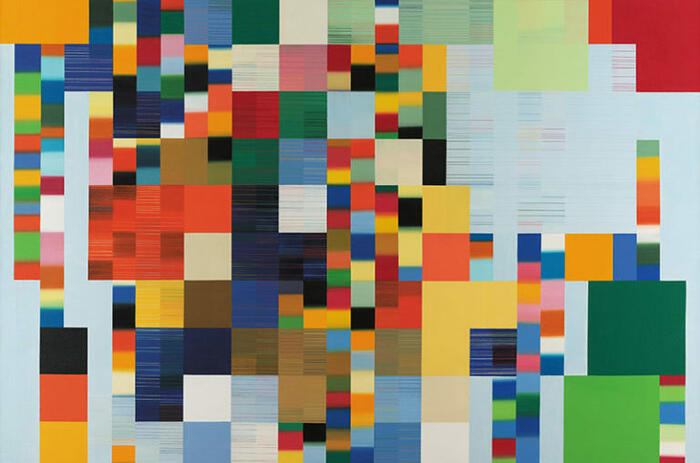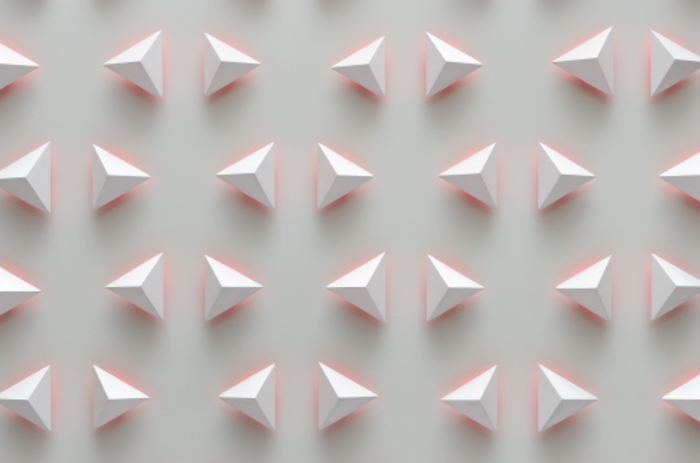SIGNS, ABSTRACTIONS & METAPHORS AT THE JUAN CARLOS MALDONADO ART COLLECTION
Curated by Ariel Jiménez, this exhibition is where abstract-geometrical and concrete artists such as Lygia Clark and Tomás Maldonado engage in dialogue with those of artists who, while bordering abstraction, or even clearly abstract in nature, such as Julio Alpuy, Martín Blaszko and César Pasternosto, still bestow their works with a metaphorical and/or symbolic dimension that they consider to be essential. It is also an opportunity to discuss concepts that are not always well-comprehended, such as the difference between geometric abstraction and concrete abstraction, or between works that, while geometric, can work in a radically different manner; some with the plastic autonomy sought by the concrete artist, and others integrating a metaphoric dimension that many Latin American artists consider to be fundamental in maintaining the ties that bind them to the history of the continent.

Since 2005, the Juan Carlos Maldonado Art Collection (JCMAC) has revolved around one central theme configured by a sizable group of abstract-geometric artists from across the entire region, in addition to many artists who, while not abstract in nature, construct their works based on geometrically organized structures.
Signs
One of the starting points of modern art takes place when Western artists reunite with one of the most ancient functions of plastic arts: its ability to suggest the world rather than reproducing its optical appearance. This reunites them with what André Malraux called the expressive value and power of the sign, employed throughout millennia by artists of wildly different cultures: a graphical element that, without losing its nature as an invented graphism, reveals itself as capable of eliciting, among those who behold it, the idea –rather than the image– of an object or being that populates the world. As such, artists give a visible shape to one of the pillars of modern thought: invention. This is something that they have in common with the various stakeholders of the modern world (scientists, engineers, philosophers) who have a shared enthusiasm over the inventive capabilities of modern humanity, science, technology and industry.
And, however, that modern enthusiasm always came accompanied by the fear of losing touch with the origins of the species, with what we have always been. It is here where many Latin American artists saw in the sign an element of language that would allow them to perform modern works –an art of their time– without losing as a result the ties with the ancient pre-Hispanic traditions of America.
Abstractions
The mainstay of JCMAC is, without a doubt, the considerable ensemble of abstract-geometric works –an ensemble that materializes the hope of many sectors in the future ability of Latin American countries to reach their full social, economic and cultural development, becoming integrated with the modern world. This is what has driven the Collection to select a considerable number of the works that are part of JCMAC’s geometric heart, allowing them to argue with each other and embody certain trends that are pervasive in the modern art of the region. Present here are works that are clearly abstract, and even concrete, the likes of those that systematically avoid any symbolic or allegoric dimension of visual arts to construct objects that stand autonomously –a product of the inventive capabilities of the artist. Plastic realities that are added to the world as yet another element that composes it, not as products that are derived or constructed based on their optical appearance.
Metaphoric Abstractions
To many abstract Latin American artists, and in particular to those who live and work in or from countries that have broad pre-Columbian traditions, such as Mexico and Peru, geometric abstraction was never inexorably at odds with this past. This is the reason why many of their works, while still clearly abstract retain a certain symbolic or metaphoric degree that evokes pre-Hispanic traditions or people’s everyday lives, unmistakably imbued with strong mystic or religious ideals. Others, while not necessarily seeking a connection with the pre-Columbian past, even bestow their works with a discrete metaphoric dimension, as is the case of Jewish Polish-Venezuelan Harry Abend, for whom black-painted wood always works as a plastic imprint of the dramatic experiences lived during the Second World War in his native Poland. This is the motivation for this third section, dedicated to a group that represents this metaphorical abstraction, which is always alive in Latin America.
About JCMAC
Since its inception in 2005, the driving force behind the Juan Carlos Maldonado Art Collection has been to recognize and generate awareness on the contribution that Geometric Abstraction has made to art history in the twentieth century. In 2016, the JCMAC began a new chapter, opening its acclaimed exhibition space in Miami’s Design District to inspire and create meaningful dialogue around the artists in the collection and their transcendence. Under the direction of its Founder and Chairman, the Juan Carlos Maldonado Art Collection Places Geometric Abstraction at its center, studying and recognizing it as a fundamental artistic language for the development of contemporary art history.
While there has always been a focus in Latin American Geometric Abstraction (1940-1970), a well-known sub-sector of the broader Geometric Abstraction style prevalent during the postwar period, the collection has expanded to include influential artists from all corners of the world. This evolution allows them to better contextualize the work of their curated artists and provide a deeper analysis of the importance and interconnection of Geometric Abstraction to current art, in a globalized world.
Juan Carlos Maldonado Art Collection
3841 NE 2nd Avenue Suite 201
Miami FL 33137






